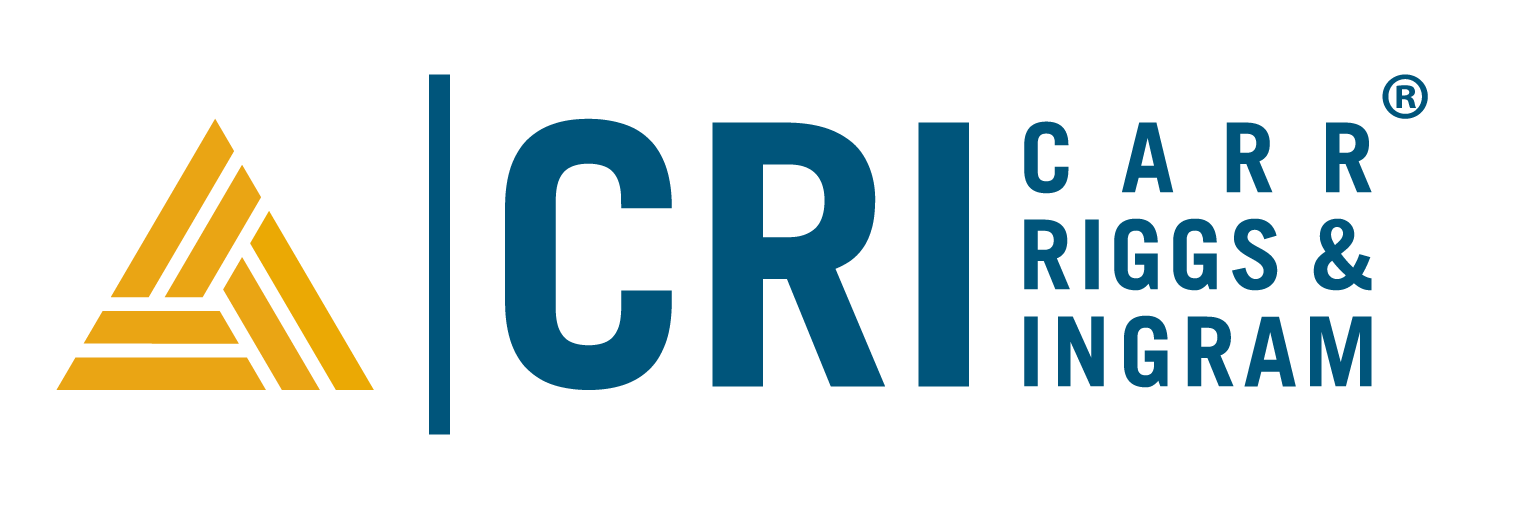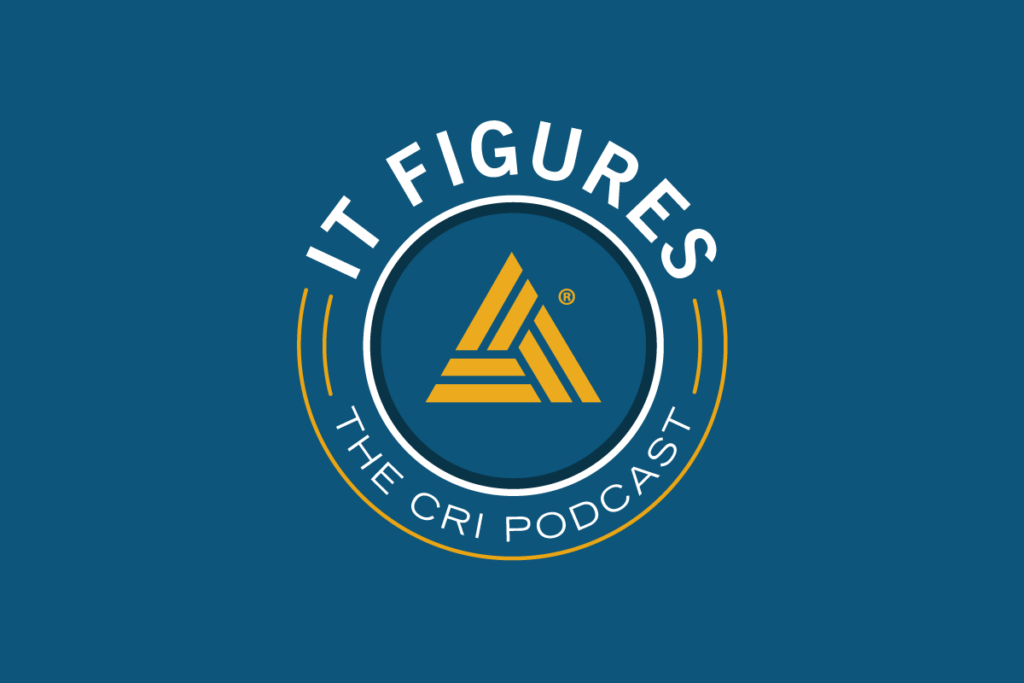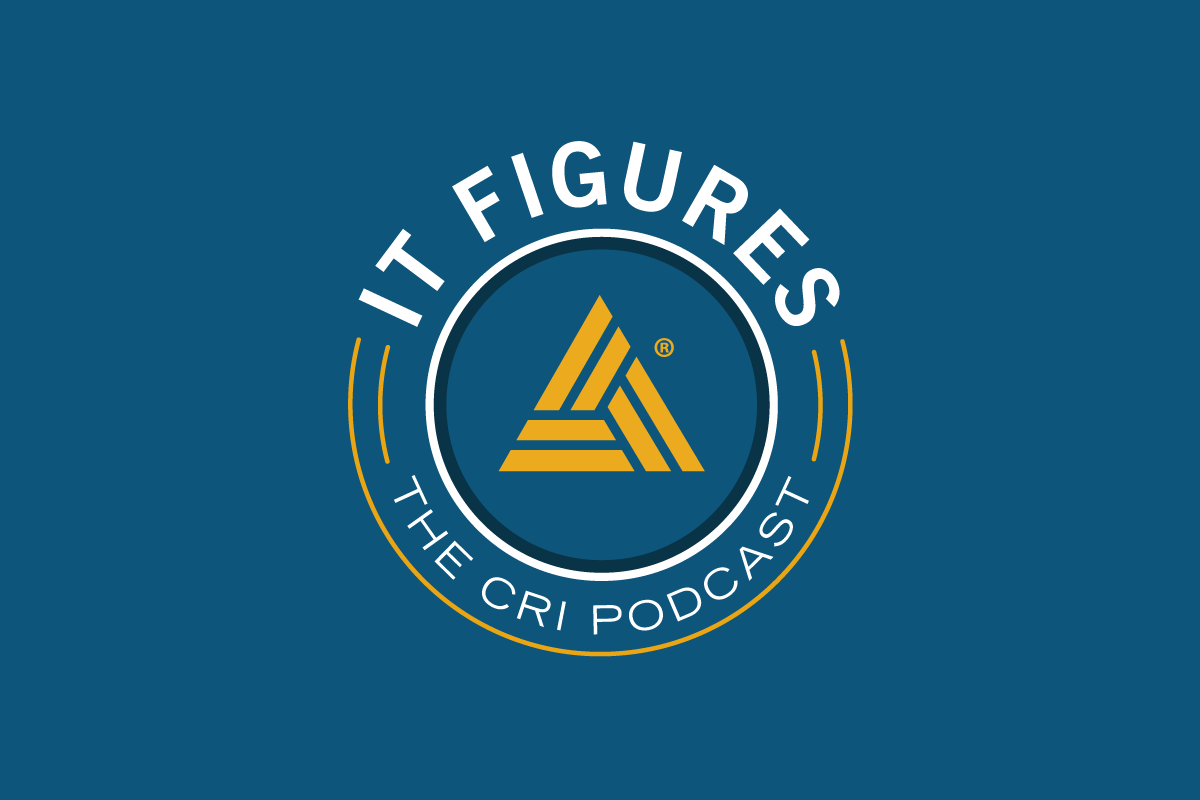Speaker 1:
From Carr, Riggs & Ingram, this is It Figures, the CRI Podcast, an accounting advisory and industry focused podcast for business and organization leaders, entrepreneurs, and anyone who is looking to go beyond the status quo.
Joy Hodgson:
Welcome to this edition of It Figures. Our podcast today is going to feature the provisions of the Secure Act 2.0 that was passed recently on December 29th, 2022. That Act had over 90 provisions that are going to impact individuals and business owners alike with their retirement accounts. And so today we’re going to talk to Dan Rodriguez, who’s CEO of CRI TPA services, and he’s going to cover some of the provisions that are going to affect individual taxpayers, and when some of these provisions are going to go into effect. So Dan, a lot of provisions in here that are going to affect both retirement accounts to an employer sponsored plan as well as IRAs. So one of the major ones I think is the RMD age, Required Minimum Distributions are going to change. So why don’t you kind of cover what that looks like and who’s going to be affected by that?
Daniel Rodriguez:
Sure. So Required Minimum Distributions are distributions that have… or when the IRS tells you have to start taking money out of your retirement account. So pre Secure 1.0 that passed in 2019, you used to start having to take distributions when you turn 70 and a half and Secure 1.0 changed that age to 72. Secure 2.0 that just passed now changes that to 73. So starting in 2023, those that are younger than 73 do not have to start taking their distributions out until they turn 73. And then, so starting in 2023, those that are under 73 do not have to take them out until the year they attain age 73, and that’s an extra year that you get to allow your money to grow tax deferred.
And then actually the Secure 2.0 Act pushes out another extension on the RMD age to age 75, but that doesn’t take effect until the year 2033. And so if you’re born after 1959, you’ll have… age 75 is your new Required Minimum Distribution age. In addition to that, for those that are already taking Required Minimum Distributions, there is a lower penalty amount. So under the old rules, the penalty for a missing your Required Minimum Distribution was 50% of the missed amount. So if you had a distribution that you had to take of $10,000 and you failed to take it timely by the end of the year, then you had a penalty of $5,000. That is now getting reduced to 25%, and then if you correct that within two years, then it’s actually reduced from 25% to 10%. So that’s a nice savings for those that make a mistake and fail to take the distribution timely.
Joy Hodgson:
So they’re really easing up on the penalties associated with somebody who misses it inadvertently, which happens a lot.
Daniel Rodriguez:
I think so. Now what I don’t know is whether or not… in the past you used to be able to apply for a waiver of the penalty and most of the time the IRS would grant it if you had a reasonable reason for missing it and have since taken corrective action. I wonder if those days are over and they’ll just say, “Well, we’re not going to grant any more waivers. It’s 10% is the new penalty.”
We’ll have to see. But for now, definitely a more lenient position from the old 50% rule. And then lastly, for those that are retired, they fixed a quirk in the RMD calculation where if you had a Roth IRA, you did not have to take any distributions, but if you had Roth money, and this again is money that’s already been taxed, or will be distributed tax free, if you had Roth money inside your 401k, you had to take an RMD out of that money. So they’ve now put those on even with each other. So no longer is there an RMD for Roth money held within your 401k, just like there’s no RMD for Roth money held inside a Roth IRA.
Joy Hodgson:
And are the new ages the same for both IRAs and qualified plans?
Daniel Rodriguez:
Yes. So those will be the same. 73 is the new age going forward.
Joy Hodgson:
There’s also provisions in there that are going to affect current savers, those who are still working, saving for retirement, they’re going to see some changes as well at the individual level.
Daniel Rodriguez:
That’s right. So if you think about why Congress really cares about what’s happening in 401K plans and retirement plans, social security has issues, which everyone knows about, and there’s concerns of social security covering enough of people’s incomes. So Congress, the government, really wants individuals to contribute and save for retirement, so they’re trying to create some incentives and additional benefits for doing so. One of the provisions is the ability to contribute more.
So IRAs have a catch-up limit for those that are 50 and older. In the past that’s been a flat $1,000, no inflation adjustment. Starting in 2024, that will start being adjusted for inflation. So that will start increasing over time. In addition, they’ve created a brand-new type of catch-up contribution for 401K plans. In 2023, the catch-up for those 15 older, the catch-up limit is 7,500. Starting in 2025, this catch-up limit, there’s some questions on how exactly it’ll work, but it’s essentially a 50% bump over the existing catch-up limit for those that are ages 60 through 63. So those that are a little bit closer to retirement will be able to put in a little bit more money to catch up their retirement savings and bolster their retirement security.
Joy Hodgson:
So in terms of expanding the ability to let people save more for retirement, get more money into these retirement accounts, I found it interesting that they also expanded the withdrawal provisions for individuals and gave them a lot more opportunities to have access to their money while they are still working. Can you talk to us about some of those changes and how those will work?
Daniel Rodriguez:
Sure. So I think it was again, the Congress, the government really wants people to save in retirement plan. So they’re trying to make it easier for people to save. And you and I know that Americans don’t always… there’s a lot of folks that do not have maybe an emergency fund or where the savings that… they’re living paycheck to paycheck. And so they’ve now created some new options. These are all optional provisions that the employer can choose to offer or not offer, but things like emergency distributions. So you can allow participants… or starting in I believe it’s 2024 for this one, you can offer emergency distributions of up to a $1,000. That money can come out penalty free, and you can do that once every… you have the ability to repay that within three years. If you don’t repay it, then you got to wait three more years before you can do this again.
But for the short term, no questions asked, emergencies, you can take some money out to a $1,000. In addition, you and I have had these discussions off the podcast, but about emergency fund linked accounts where the employer can choose to allow you to save into an emergency fund and you can have withdrawals out of that, and that emergency fund is linked somehow, mechanics of it, we’ll have to figure out, but it’s linked to your 401k, you can put in up to $2,500 there. And so it’s just really creating these savings, emergency funds savings for folks, which then once they have secure footing on their personal finance level, they can put in more into retirement. There’s also the ability now for employers to offer gift cards and other promotional incentives. So, “Okay, come sign up for your 401k and we’ll give you a Starbucks gift card,” or something like that where they’re trying to incentivize people to save for retirement.
Joy Hodgson:
What about the taxation of these withdrawals? There’s been some conversation about which employers are going to want to even offer these, but to the individual, will they be taxable and will they be subject to a penalty?
Daniel Rodriguez:
So the emergency distributions are a taxable distribution, but there’s no penalty for early withdrawal. So unlike for most distributions out of your retirement account, you have a 10% early withdrawal penalty, for these emergency distributions there’s no penalty. For these emergency linked savings accounts, the money is going in as a Roth contribution, so it’s already taxed to you. There’s no penalty for withdrawal out of these accounts, but there is a limit on the number you can take in a given year. I believe it’s four, where they can’t assess a fee or penalty or anything like that. After that, they can start charging you a fee, but again, there’s no IRS penalty for early withdrawal from these types of accounts or distributions.
Joy Hodgson:
The other thing that I think caught some people off guard has to do with the ability for those who are over 50 to make what’s called catch-up contributions, and that’s going to see some big changes in the next couple of years once those go into effect. So let’s talk about that.
Daniel Rodriguez:
Sure. So a big piece of this bill is the revenue razors. So there’s no new taxes that are implemented due to the Secure Act, however, to pay for some of the provisions, which particularly on the business side, some of the tax credits that are available to businesses, there’s a couple new Roth features that are being created. So the first, what you had mentioned, was catch-up contributions. So historically catch-up contributions, again for those that are 50 and older, an extra in 2023 $7,500. That money was an extra tax deduction for those individuals. Now starting in 2024, all catch-up contributions to qualified retirement plans, again, this is not IRAs, this is talking about 401K plans, these catch-up contributions for those that make over $145,000 have to be designated Roth contributions. So they’re going to be subject to current taxation. This is a big revenue razor of this bill.
So that is a big change. It means that from a planned sponsor level, there’s going to be changes to their planned document, and for individuals that are making these contributions, that is a higher tax bill. So again, not a new tax, but a loss of a deduction. In addition to that Roth change, you’re also going to see, again on a plan by plan basis, the ability for individuals to choose whether or not their company contributions are treated as a Roth or pre-tax. So again, historically, company makes a contribution on my behalf to the retirement plan. Whether that is a match or profit sharing, the company gets the deduction for it, I have no income, current income recognition of that.
Starting in 2023, a big piece of this is we have to wait on IRS guidance, so nothing can be done today, but starting in 2023, we can be offered the ability to have the company contributions be designated as Roth. So I’d have to pay the tax on that today, no penalty or anything like that, but I’d pay the tax today on those monies and then they get to grow on a Roth basis, which of course the benefit is it grows tax deferred, and as long as I meet the holding period and age requirements, everything is tax free at retirement age. So for younger workers, this is a great option if you have the money available to pay the taxes associated with those company contributions.
Joy Hodgson:
Thank you. There’s just so much in that bill that’s going to affect individuals. It’s going to change the way I think we all save for retirement, and as you indicated, there’s a lot of devils in the details, so to speak, that are to come, that have to be put out through regulations and guidance from the Treasury. So we appreciate you giving us the overview of what those things are going to look like, and we’ll wait to see more as time goes by.
Daniel Rodriguez:
Thank you.
Speaker 1:
If you want more CRI Insights or are interested in learning about our firm, please visit our website at www.criadv.com. Thanks for listening to this episode of It Figures, the CRI Podcast. You can subscribe to It Figures on iTunes, Spotify, or wherever you prefer to listen to your podcasts. If you liked what you heard today, please leave us a review.


